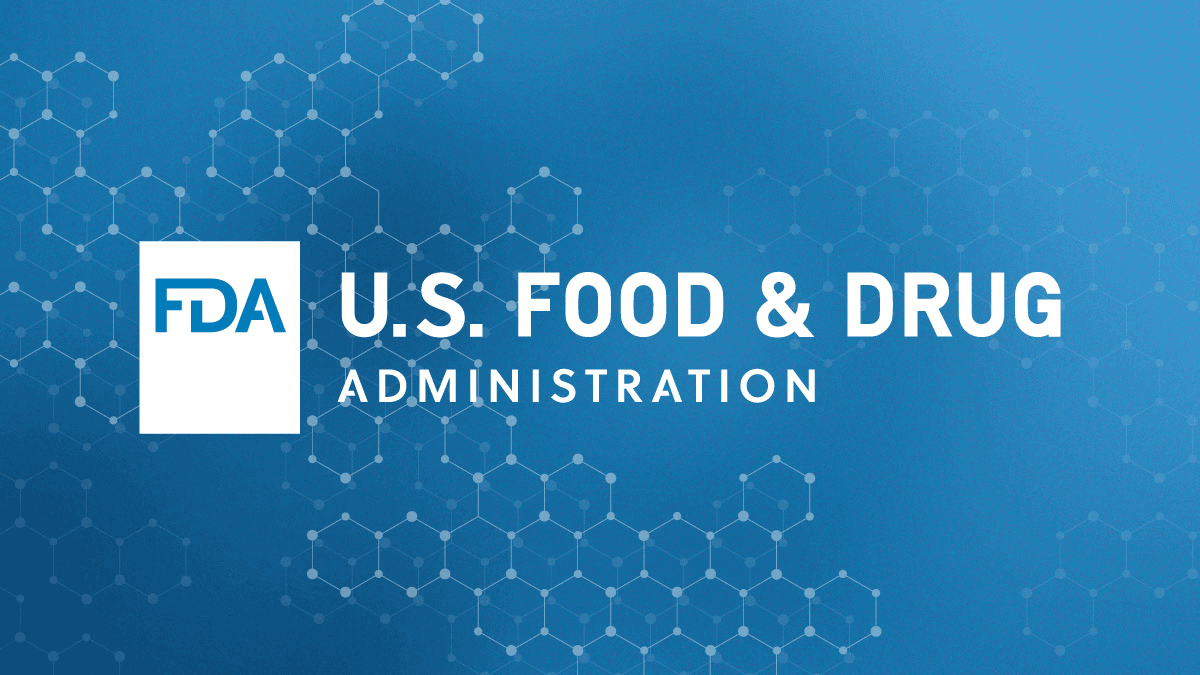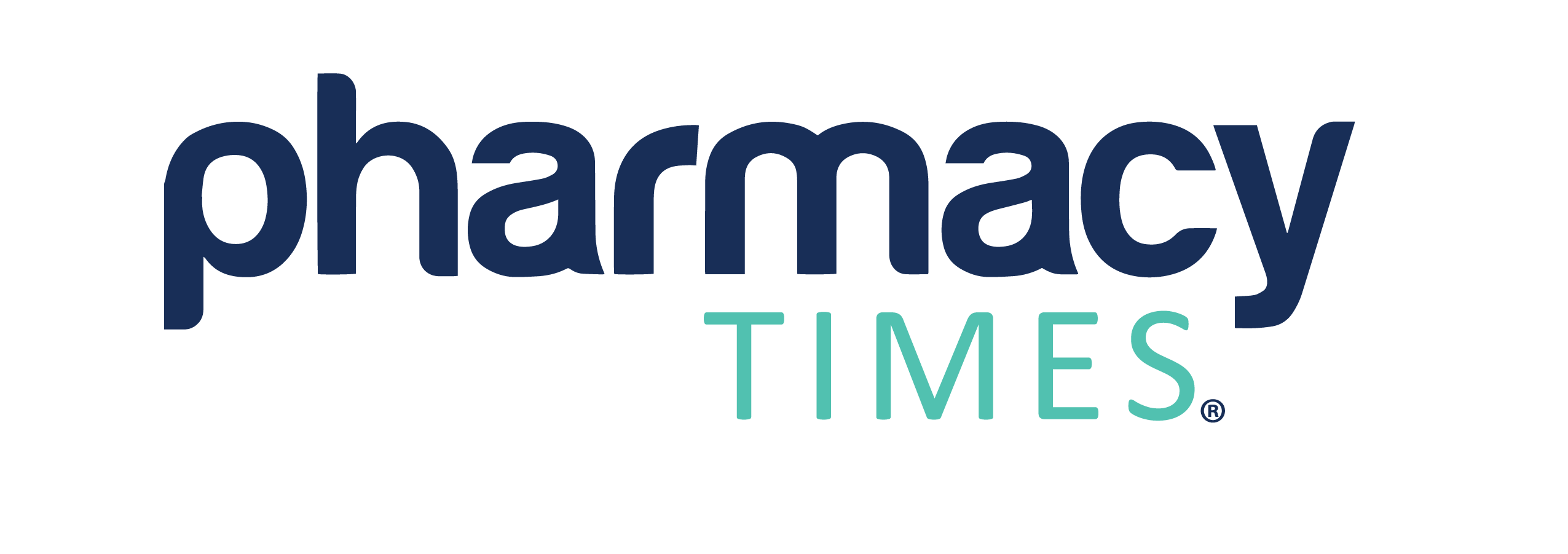Generic drug quality is sometimes questioned, but studies largely show that these medications are equivalent in quality to their brand-name counterparts and are less expensive....

www.health.harvard.edu
" In order to get a stamp of approval from the FDA, a generic medication must be "bioequivalent" to its brand-name counterpart. This means that chemically the two must be pretty much the same, although makers are allowed 20% variation in the active ingredient from that original formula. "While the FDA does allow for up to 20% wiggle room, in reality the observed variation is much smaller, 4%," says Dr. Choudhry. "
---------------------------------------------------------------------------------------------------------------------------------------------------------------------------
Here is another link that argues the first link some that the active ingredient has to be equal. Then states some "brand name" medicines absorb around 3.5% better than the generics. So the topic is misleading on all sides IMO.
" For example, a very large research study
1 comparing generics with brand-name medicines, found that there were very small differences (approximately 3.5%) in absorption into the body between generic and brand-name medicines. Some generics were absorbed slightly more, some slightly less. This amount of difference is expected and clinically acceptable, whether for one batch of brand-name medicine tested against another batch of the same brand, or for a generic tested against a brand-name medicine."
Generic Drugs: Q & A

www.fda.gov
--------------------------------------------------------------------------------------------------------------------------------------------------------------------------
This link ends up stating that the average difference between brand name and generic medicines are 10%. This is not all medicines and there is not a list of reports listing them. :
Do you understand the FDA's definition and requirements for bioequivalence?

www.pharmacytimes.com
--------------------------------------------------------------------------------------------------------------------------------------------------------------------------
This is my take -- 10% of less active ingredient could be difficult to spot a difference. 20% of less active ingredient for a daily dosage is going to be noticeable from patients that have been dependent over a long period of time, as well as patients taking it for a short time. Companies like
"Rhodes" make a generic "
Oxycodone HCl" product that is clearly different from the other companies
"Mallinckrodt" and
"Actavis" generic "
Oxycodone HCl" product. It is drastically different and so much so that there is no other reasoning other than less in active ingredient and sub-par absorption of active ingredient in comparison. If anyone can testify regarding this certainty, it is myself.
I have been on both, the generic Mallinckrodt (box M -30) & generic Actavis (K-9) Oxycodone HCl brands for over 15 years. Throughout this time, on & off there was 4qty 30-day month breaks where I was put on Mallinckrodt's "brand name" Roxicodone 30mg tablets. Because my work had amazing health insurance, I was able to afford the brand name Roxicodone for 30-days following each major surgery. Already having an advanced dependence and being advanced opioid tolerant, I was able to tell a minor differences between the brand name and the generic option from the same company. It just works like this when dealing with sensitive patients.
In the beginning of 2025 (I can only speak for my areas) mid-way on the US East Coast, basically all companies were listing a "back-order status" for brand name and generic "Roxicodone & Oxycodone HCl." Virginia and surrounding states, even the large major "hospital pharmacies", "commercial chain pharmacies", and the best versatile "independent pharmacies" were all out and could not pin-point a ETA. The back-order forced me to locate my generic Oxycodone HCl 30-day Rx one state over at a Walgreens. Walgreens stocks "Rhodes's" generic Oxycodone HCl 30mg tablets and for reasons unknown are the size of an Ibuprofen 800mg tablet when compared to a very tiny Mallinckrodt's 30mg or Actavis 30mg. There was a night & day difference of total active ingredient and how the active ingredient was absorbed.
Even if I over-compensated by taking a higher dosage, the Rhodes product still didn't compare. Better "mental/physical" feelings were limited in comparison & the dynamics or intensity of the "transition effects" were drastically less which added the element of frustration. Adding frustration on top of chronic pain syndrome amplified and injected dispar into my outlook for at least 30-days, as I knew Rhodes's generic drug wasn't hitting on shit.
Years ago, I asked my pain management doctor what is the difference between brand name and generic pain killers. He said ,"Typically the brand name is around 10-15% stronger in active ingredient." "It makes a difference when the patient has a low tolerance and/or has a small daily dosage total." "The only other justified reason to take the brand name instead of the generic pain medication is treating post-op acute pain. Normally, they are slightly stronger and some have a minor improvement in active ingredient absorption." Ending with ,"if you do not have great insurance, the costs do not justify the minor differences."







